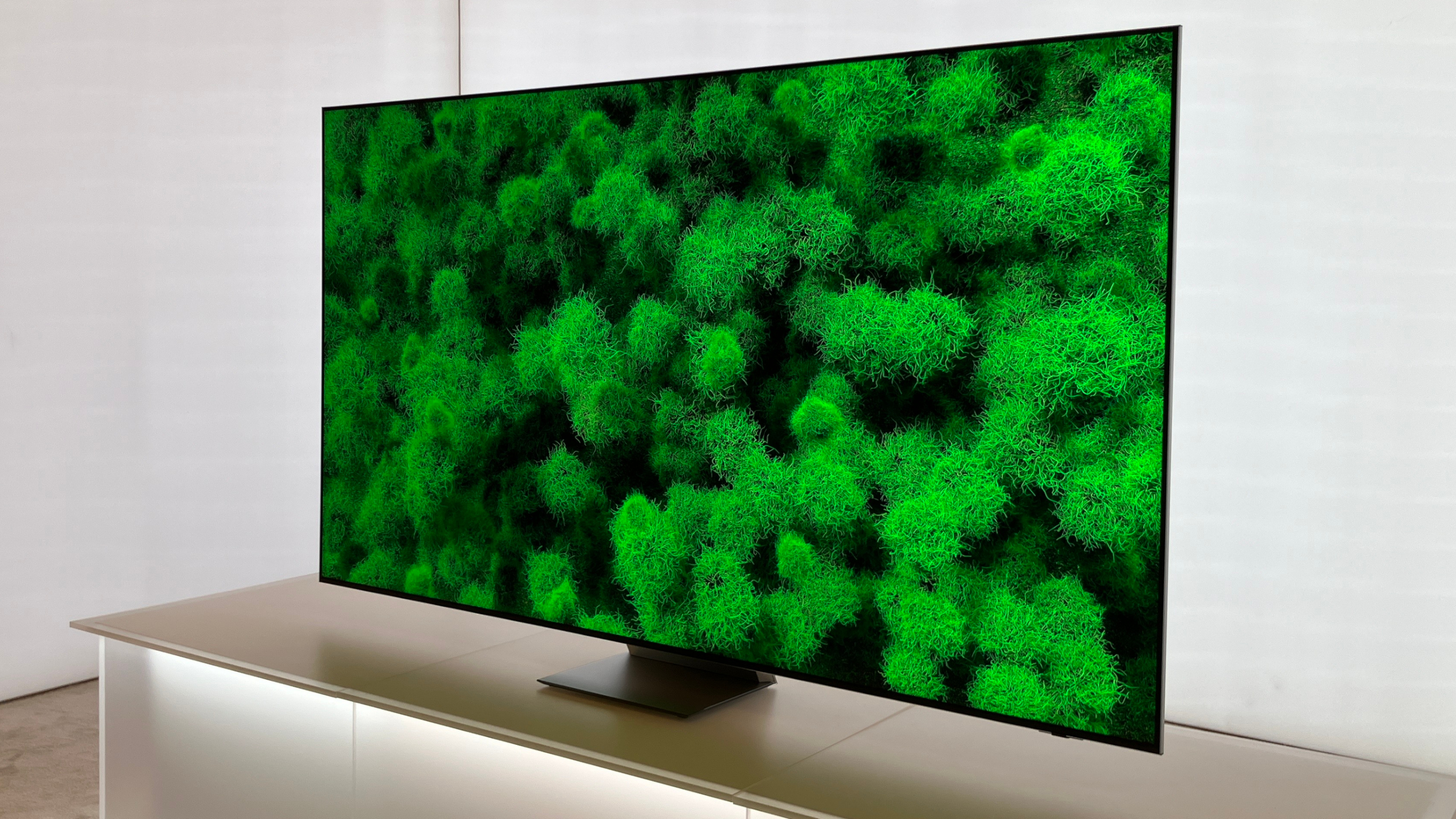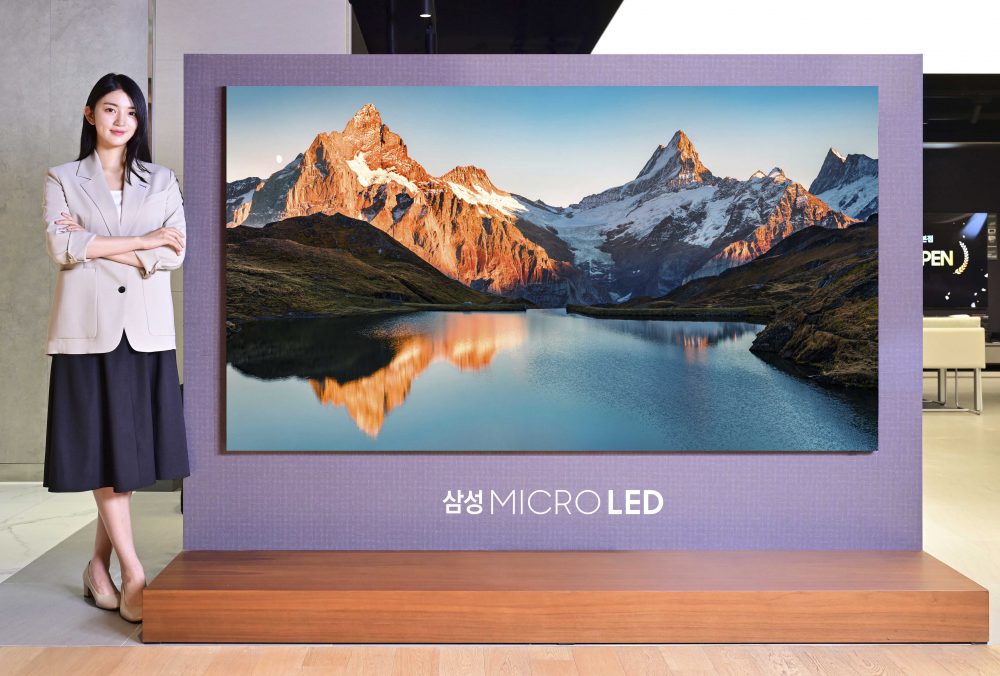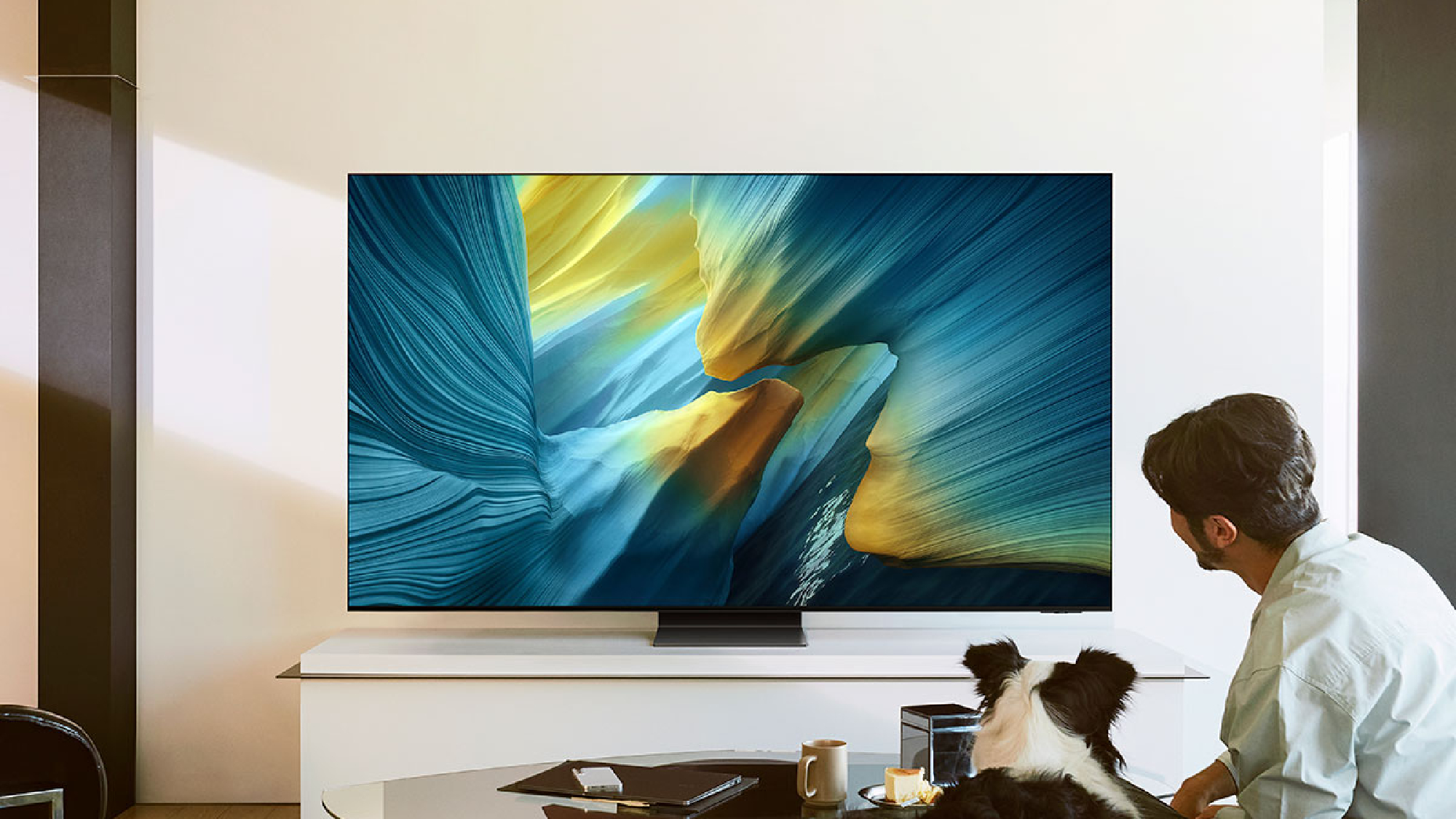Samsung RGB MicroLED TVs are coming — but should OLED makers be worried?
Watch out OLED TVs, Samsung RGB MicroLED TVs are almost here

Micro-LED TVs are tipped to be a major shift in the world of display technologies — offering the same pixel-level control as OLED panels, but without the burn-in risk and with a much higher peak brightness.
And Samsung could be the first manufacturer to make them. It made some big announcements related to Micro-LED at CES 2025, and if new rumors are anything to go off, we could finally see more from the company in the near future.
If Samsung does finally show off a Micro-LED TV that’s available in a reasonable size, it could pave the way for the end of OLED. But how quickly could that really happen?
What is RGB Micro-LED?

Micro-LED tech isn’t exactly straightforward — and marketing terms have made it even harder to understand. Here’s a primer.
True Micro-LED tech is a massive step forward for LED tech. Mini-LED TVs use small LEDs in layer behind color conversion layers. On Mini-LED TVs, the LED layer is the backlight. Those LEDs aren’t as small as a pixel, which means lighting zones have to control the luminance of thousands of pixels at a time.
Micro-LED changes that a little. Micro-LEDs are self-emissive pixels, each made up of red, green, and blue (RGB) sub-pixels. That allows a TV to individually control the color and brightness of each pixel — the same level of control as an OLED TV.
But Samsung’s RGB MicroLED technology isn't quite there yet. While true Micro-LED TVs have self-emissive pixels, Samsung’s “RGB Micro-LED” TVs use a fancy RGB micro-LED layer as the backlight.
Get instant access to breaking news, the hottest reviews, great deals and helpful tips.
Samsung's “RGB Micro-LED” backlight could have “at least three times as many” LEDs in the backlight compared to a traditional LED TV, but nowhere close to a one-to-one parity with each pixel.
According to reports, the “RGB Micro-LED” backlight could have “at least three times as many” LEDs in the backlight compared to a traditional LED TV, but nowhere close to a one-to-one parity with each pixel.
To be clear, the tech is still cool. The backlight technology Samsung is using will make for a TV with better lighting control and brighter colors than traditional mini-LED TVs. But, it’s not the Micro-LED TV that we’ve necessarily been waiting for. Instead, it’s actually closer to the RGB Mini-LED TVs that the likes of Hisense have been touting.
Is Micro-LED better than OLED?

Samsung’s RGB MicroLED TVs will allow for brighter colors and better lighting control, thanks to the RGB LEDs in the backlight, and the fact that those LEDs are smaller than a typical Mini-LED TV. But, those TVs still won’t have pixel-level control, like you can get on an OLED TV. That’s really the superpower of OLED TVs — they can turn individual pixels off when portions of the image are black, allowing for true deep blacks.
Their downside is that they’re not as bright as LED TVs, but with newer brighter OLED panels and the increased usage of tech like Tandem OLED, even the brightness of OLED TVs is improving.
True Micro-LED TVs will be a force to reckon with, however. They’ll have the pixel-level control, the super-bright highlights, and eliminate the burn-in risk that has plagued OLED TVs since they were first introduced.
Unfortunately, true Micro-LED TVs likely won’t be widely available for some time. We’ve seen some much larger Micro-LED TVs, which technically have the self-emitting pixels with RGB sub-pixels — but those models get around technical limitations by simply having larger individual pixels. But those true Micro-LED panels are extremely expensive, and are mostly used in corporate installations.
Micro-LED vs OLED TVs: the battle to come
Samsung is seemingly set to move ahead with its own RGB “MicroLED” TVs. But where will those TVs sit in the market?
In their current iteration, they’ll probably sit slightly below Samsung’s best TVs. They’ll replace Samsung’s high-end mini-LED TVs — the QN90F Neo QLED — but probably not its highest-end QD-OLED TVs, the Samsung S95F and S90F OLED.
That goes for other RGB LED TVs that aren’t marketed as Micro-LED TVs too — they’ll make for brighter, more vibrant LED TVs that have better contrast and deeper black-levels, but won’t quite have the same advantages as high-end OLED TVs.
Pricing is still very much up in the air, but it's likely we'll see higher prices than we currently see with Samsung's Neo QLED TVs.

We’d be shocked if we didn’t see a Hisense TV with a similar number of zones as Samsung’s RGB Micro-LED TVs at some point in the next year or two.
Perhaps competition will change that, however. The likes of Hisense and TCL have been quick to adopt new LED technologies, and Hisense even started showing off RGB Mini-LED TVs at CES earlier this year. Those TVs were more focused on increased brightness and more vibrant colors than more dimming zones, which Samsung’s TVs will likely be focused on, given the fact that they’ll have those smaller LED lights.
We’d be shocked if we didn’t see a Hisense TV with a similar number of zones as Samsung’s RGB Micro-LED TVs at some point in the next year or two.
That still leaves true Micro-LED TVs on the table though. Those TVs likely won’t come to consumer products for some time — and when they do, they’ll be exorbitant in pricing.
They could end up serving as the ultimate in TV technologies — and could truly kill off OLED TVs. LG won't let its preferred panel types go down without a fight, though, and there's no telling how its new four-stack OLED panels will change in 2026.
For now, we’ll just have to wait and see what’s available by the time Micro-LED TVs are realistic. Until then, there's a place on store shelves for both technologies.
More from Tom's Guide
- Blue OLED technology could be the next big breakthrough for TVs — here's why
- The best OLED TVs right now
- I review TVs for a living — here's the 5 TVs I'm most excited about for 2025

Christian de Looper is a freelance writer who has covered every facet of consumer tech, including mobile, audio, home theater, computing, gaming, and even car tech. At Tom’s Guide, Christian covers TV and home theater tech, and has reviewed dozens of TVs, soundbars, and A/V receivers, including those from the likes of Samsung, Hisense, TCL, and Vizio.
You must confirm your public display name before commenting
Please logout and then login again, you will then be prompted to enter your display name.
